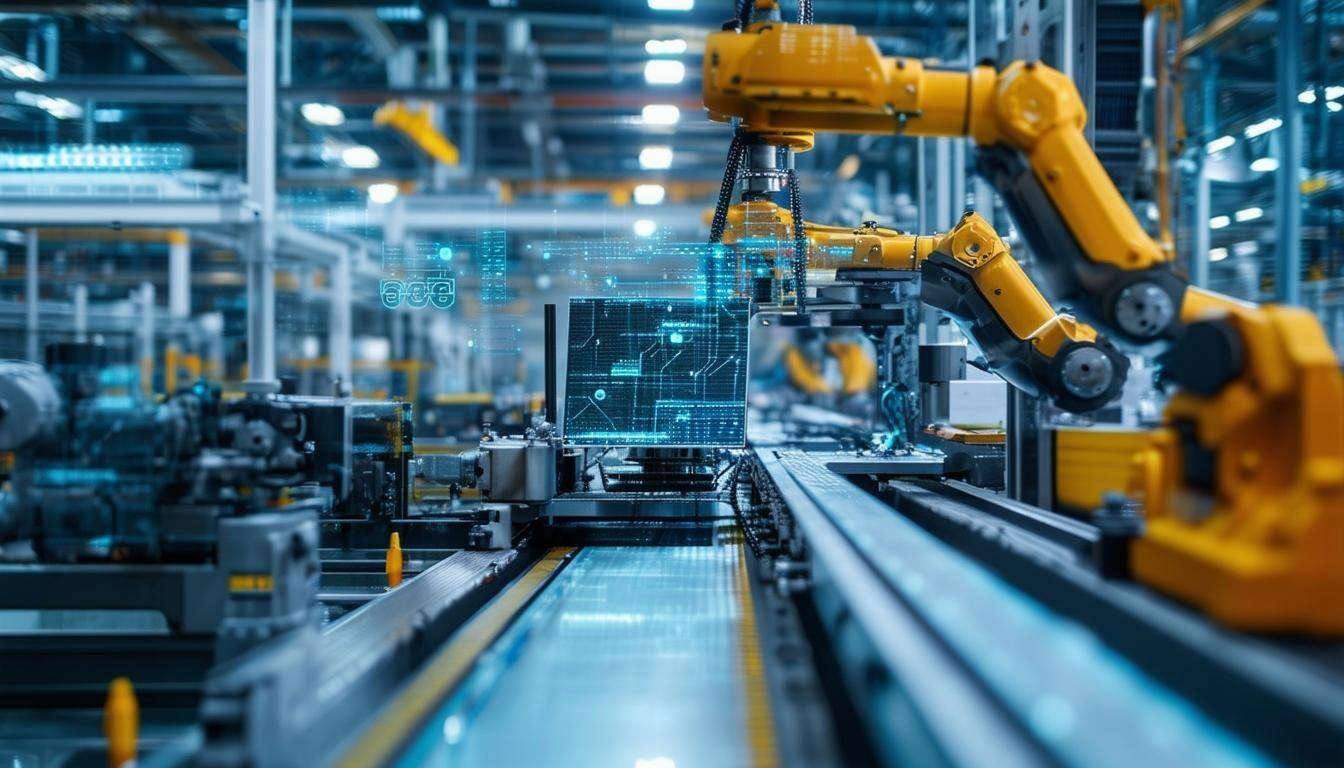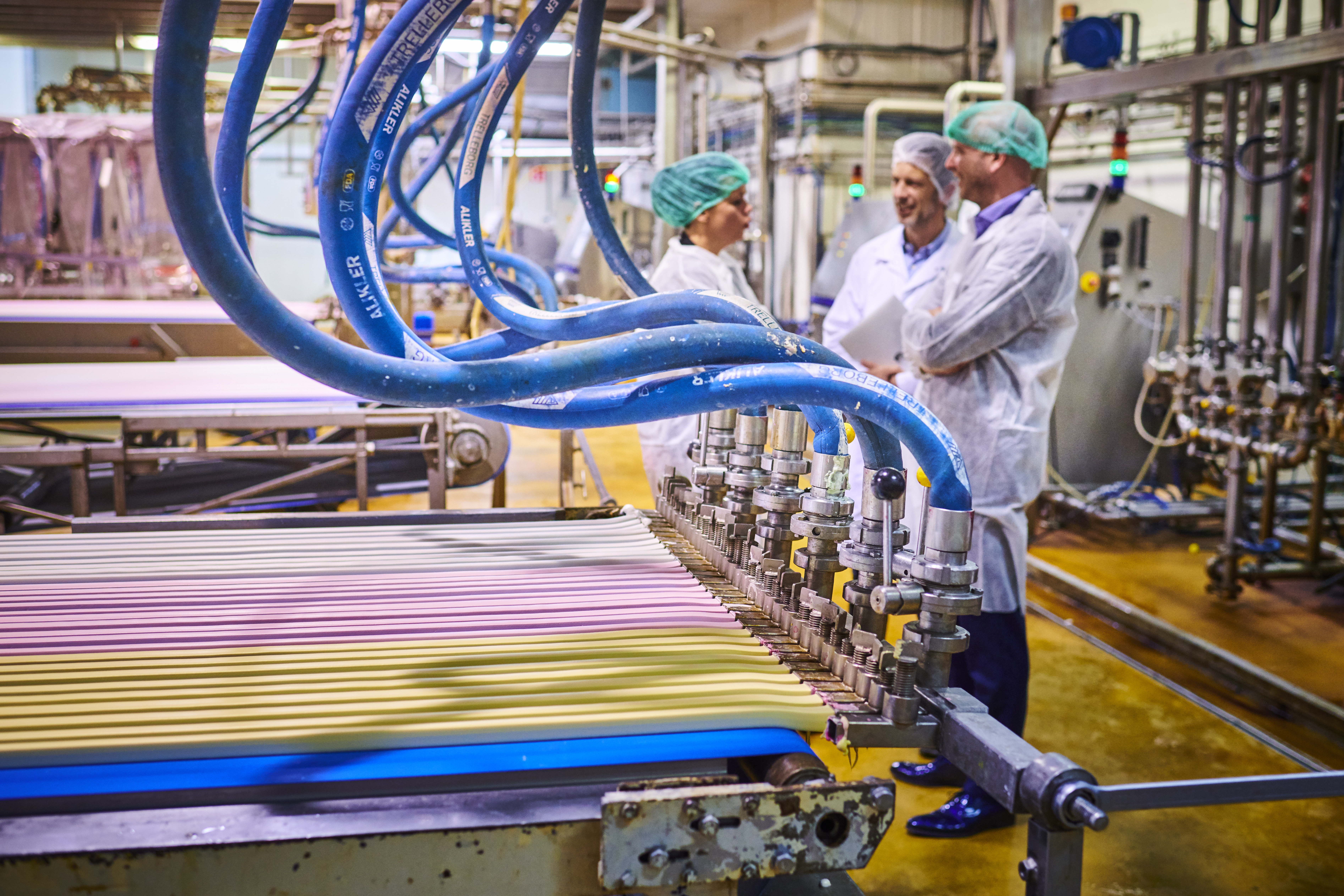News & Blogs
Stay updated with the latest news, insights, and expert blogs from Emixa. Explore industry trends, digital innovations, and company updates all in one place.

- Commerce & Logistics
5 Reasons Why Virtual Fitting Rooms Haven't Broken Through in Retail
In the realm of augmented and virtual reality, a revolution is unfolding, set to transform customer experiences, product sales, and cost efficiency in retail. Brands like Charlie Temple showcase this potential with their virtual fitting room, enabling customers to try on glasses at home while offering high-quality eyewear at competitive prices. Similarly, MAC Cosmetics’ virtual lipstick trials and IKEA’s AR-enabled furniture visualisation signal a new era in shopping.

- Commerce & Logistics
From Returns to Retention: Understand the Shift in Consumer Behavior
Since the start of online shopping, returns have been a significant concern for many retailers. A return incurs numerous additional costs: extra handling, not all products are eligible for resell, an increased burden on customer service, and sometimes a less positive customer experience. And because returns also contribute to additional CO2 emissions, the focus on bringing down returns has been intensified.

- Applications
- PLM
- +1
Pop Vriend Seeds adds Low Code to ICT landscape with the Pop App
The growing global population and demand for healthy, vitamin-rich food are driving the vegetable seed market worldwide. Pop Vriend Seeds, based in Andijk in West Friesland, is a major player in this industry. To better equip its operations for the demands and challenges of the digital era, Pop Vriend Seeds partnered with Emixa. We spoke with Jits Ursem, ICT Manager at the company, about the specifics and benefits of the application developed collaboratively by Pop Vriend Seeds and Emixa.

- Boomi
- iPaaS
Holland Colours Transforms with a New CRM and Future-Proof Middleware
To streamline and improve business processes, Holland Colours implemented a new CRM system using Microsoft Dynamics 365. Additionally, the company utilized Boomi as middleware to create a powerful integration layer. Emixa assisted the globally active producer of high-quality color concentrates and functional additives for the plastic industry in this challenging project. Read all about it in this article!

- PLM
- ERP Software
Revolutionize Your Design-To-Operate Process with SAP and Siemens
In the fast-evolving world of manufacturing, agility and precision are essential. However, misaligned data between design and manufacturing systems is a major factor contributing to production delays. With critical product and production information scattered across ERP and PLM systems, seamless communication remains the missing link in achieving Industry 4.0 goals.

- AI
How to Harness the Power of AI in Your Production Process?
AI, or artificial intelligence, is disrupting many industries with the promise of dramatically increased efficiency. Yet, many organisations in the manufacturing industry struggle to keep up with these developments—or even to get started. And that’s a missed opportunity because this sector has enormous potential. So how can you start leveraging the power of AI today—smartly and simply? In the latest edition of Link Magazine our experts share their insights:

- Smart Manufacturing
- Digital Twin
- +1
Digital Twins: The Key to Smarter Manufacturing and Logistics
In today's fast-paced manufacturing and logistics industries, every decision matters. Companies face labour shortages, rising costs, and increasingly complex production processes while striving to optimise resources and maintain a competitive edge. The pressure to innovate is higher than ever.

- ERP Software
How a Leading Educational Publisher Serves Schools Better with Renewed Business Operations
ThiemeMeulenhoff's Story

- Applications
- Mendix
Limiting your Amount of Calls in Mendix (Most of the Time REST)
Problem